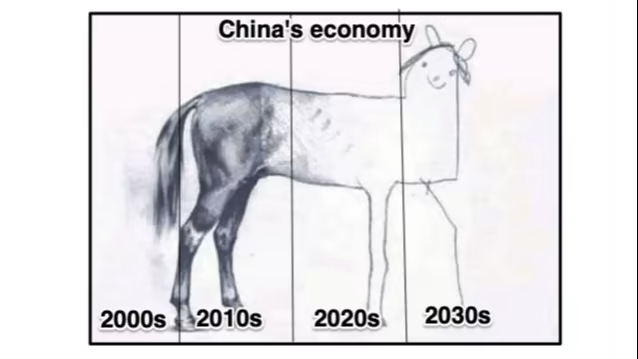“The person we are talking about was born in Germany, in 1915. He took part in anti-Hitler protests in the early 1930’s, and had to flee to Paris as a seventeen year old to escape persecution back home. He later attended lectures by Lionel Robbins and Hayek while in London, and also participated in the Spanish Civil war. In the interim, he also helped thousands of Jewish refugees escape Nazi persecution in France – among them, Hannah Arendt, Marc Chagall and Marcel Duchamp. He managed to do all this at or before the age of twenty-five. He would go on to become one of the most famous development economists of the 20th century.
Who are we talking about?”
You might know the answer to this question if you are a very good quizzer, but you may not know the answer even if you are a very good economist. And that’s because of two reasons.
One, Albert O. Hirschman isn’t as celebrated as he should be. Consistently underrated, you might say.
And second, we in the economics teaching profession don’t like to tell stories about economists. We like to bore people to death with equations and models, but making the economist behind the theories come alive? Doesn’t happen nearly as often as it should, if you ask me.
Watch about a minute or so of this excellent interview from around the 30 minute mark. As always, please watch the whole thing, it’s a great interview – but for the purposes of today’s post, just for about a minute or so from the 30 minute mark.
And Alex is bang on when he says that knowing that the person is French will often tell you more than the fact that the person is an economist. I’d go a step beyond and say that it is not just the location, but also the time that matters. A French person born around 1930 will be a very different person from a French person born in 1980, for example. This isn’t about who is better or worse compared to the other, this is about understanding why those people created the things that they did. And part of this understanding comes from understanding the time and place of their birth. Not just knowing the time and place, mind you, but understanding it.
And to understand why Hirschman was the kind of economist he was, you need to understand where he came from, all of what he experienced in his formative years – and the cultural milieu that surrounded him when we was an economist.
And it is for this reason that reading this blogpost about Hirschman’s work, but also his biography is ever so illuminating. You don’t just get a sense of Hirschman’s central ideas, but you also get a sense of how events in his life formed his worldview, and possibly influenced some of his decisions later on.
He encourages us to see the inevitable pitfalls and stumbles of the growth process not as disappointments, but as opportunities, and gives us a conceptual language to identify them. For randomistas-in-training, steeped in the world of deworming and bed-nets and pre-analysis plans, Hirschman also reminds us that we need to step back from individual interventions more often and think more about development strategies–not just how different projects can complement each other, but also how each project might organically summon market and non-market forces to help growth along.
https://www.global-developments.org/p/the-real-development-was-the-friends
The Credibility Revolution has yielded, perhaps for the first time, robust evidence for individual program effects. The time is ripe, not to copy Hirschman’s ideas wholesale, but to borrow his clear-eyed approach and think carefully about how projects can be brought together, pressure point by pressure point, into programs for sustained development.
This is worth doing for everybody of note, of course, not just Albert O. Hirschman – but if you are a fan of studying the development of the field of development economics, this would be a great place to start.
Lots of homework in today’s post:
- Watch Transatlantic (it is available on Netflix)
- Read The Worldly Philosopher, by Jeremy Adelman
- Read The Strategy of Economic Development, by Hirschman




